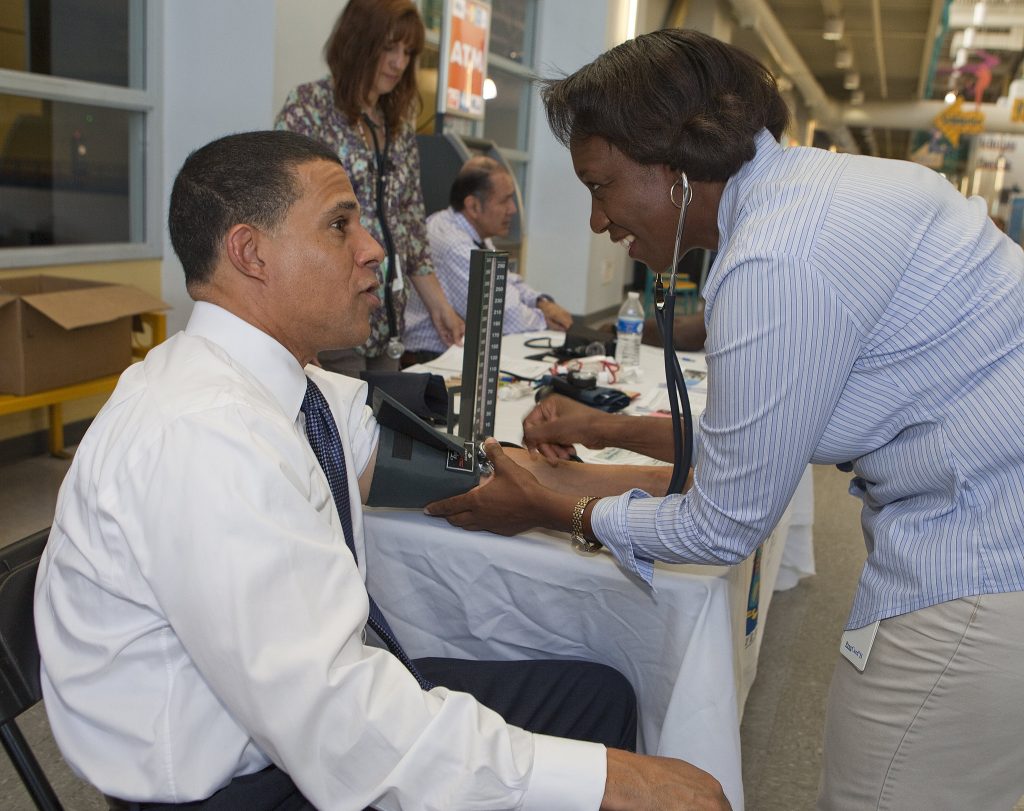Learning Objectives
- Describe the characteristics of a healthy community
- Outline the roles of community health nurses and key community settings where they have an interprofessional role in health care services
- Explain resources and tools to use for community health needs assessments
- Apply the nursing process to community health nursing
- Define categories of preventative nursing interventions
- Explain how community resources help support the health needs of the members of the community
Most of your nursing education journey has likely focused on caring for clients in hospitals and long-term care settings. However, nurses also serve important roles in promoting the health and wellness of communities. Throughout history, nurses have served in public health roles and collaborated with community organizations to support health services. Florence Nightingale, the founder of modern nursing, advocated for two foundational components of community health nursing: health promotion and disease prevention.[1] Examples of current community health initiatives include public educational health sessions, blood pressure screenings, immunization clinics, and crisis intervention related to mental health care. See Figure 16.1[2] for an image of a community blood pressure screening.

In recent years community health nursing has become increasingly important for several reasons:
- There are currently shorter hospital stays and decreasing hospital readmission rates.
- As the average age of the United States population increases, the need for community health services in members’ homes increases.
- As the ability to successfully manage chronic conditions (including both physical and mental illness) improves, the need for outpatient health services also increases.
- As the usage of telehealth and virtual medical care expands, so does the need for community member support and patient education.
This chapter will introduce the roles of community health nurses, explore community health needs assessments, and discuss how nurses collaborate with community resources to support clients’ physical and mental health care needs.
- McDonald, L. (2006). Florence Nightingale and public health policy: Theory, activism and public administration. University of Guelph. https://cwfn.uoguelph.ca/nursing-health-care/fn-and-public-health-policy/ ↵
- ”7315182496_0cd3e18ed6_k” by Maryland GovPics is licensed under CC BY 2.0 ↵

